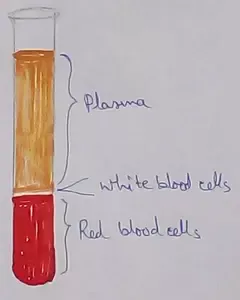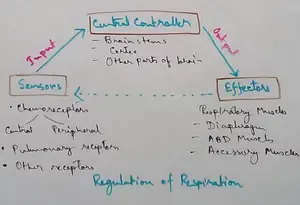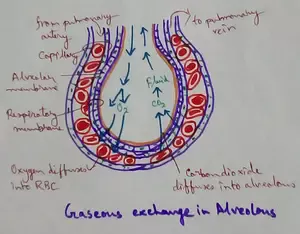Human Excretory System
We will discuss here about the human excretory system of our body.
In a living body two types of reactions always go on. These two are anabolism and catabolism. Anabolism means making new, things and catabolism means breaking down of any substance into simpler forms. The combination of both anabolic and catabolic reactions, which occur continuously in our body is called metabolism.
During metabolism some materials are produced within our body, which are harmful to us. These unwanted and harmful materials are called excretory materials and the process by which these materials are removed from our body is called excretion.
Certain organs play important role in
excretion. These organs are known as excretory organs. The main excretory organ
of human body is a pair of kidneys. Each kidney is a dark brown bean- shaped
structure. It is located near the back wall of abdominal cavity at two sides of
our backbone. The inner side of a kidney, that faces the backbone, is concave
and its outer side is convex. In each kidney a thick blood vessel enters and
another blood vessel goes out. The incoming blood vessel carries the blood full
of excretory materials. The kidney filters the blood and separates those
excretory materials from it. Now fresh blood flows out from it through the
outgoing blood vessel.
Filtering of blood occurs within numerous very fine and minute tubules, present within the kidney, which are called nephrons.
With the help of these nephrons kidney separates out excretory materials, excess salts and water from blood. This mixture is called urine. It comes out from each kidney through a long tube, called urethra. Two urethras from two kidneys open into a muscular sac, situated in our lower abdominal cavity. This sac is called urinary bladder. A tube emerges from the urinary bladder, which is called urethra. When the bladder becomes full we feel a pressure and pass out urine through this urethra.
From Human Excretory System to HOME PAGE
Recent Articles
-
What Is Plasma? | Blood Plasma | Proteins | Nutrients | Cholesterol
Nov 07, 25 10:29 AM
Blood is a mobile fluid which is a connective tissue and is derived from the mesoderm like cell any other connective tissue. Colour of blood is reddish and that flows inside the blood vessels by means… -
Disorders of Respiratory System | Tuberculosis | Pleurisy | Emphysema
Oct 28, 25 11:39 PM
Tuberculosis is very common disease and is caused by a type of bacteria called Mycobacterium tuberculosis. This disease causes different trouble in the respiration and infection of several parts of th… -
Regulation of Respiration | Respiratory Centres | Inspiratory Area |
Oct 14, 25 12:13 AM
Respiratory Centre is the area that controls the rate of respiration and it is observed to be located in medulla oblongata and pons. Respiratory Centre has the following will dispersed components like… -
Explain Transport of Gases | External Respiration | Tissue Respiration
Oct 09, 25 11:35 PM
In humans gaseous exchange is completed in the following ways the steps are - External Respiration or Breathing - Breathing in false taking in of Oxygen and giving out of carbon dioxide in the body. M… -
Kind and Number of Teeth | Location of Teeth in Mouth | Care of Teeth
Sep 11, 25 12:52 AM
Kind and Number of Teeth





New! Comments
Have your say about what you just read! Leave me a comment in the box below.